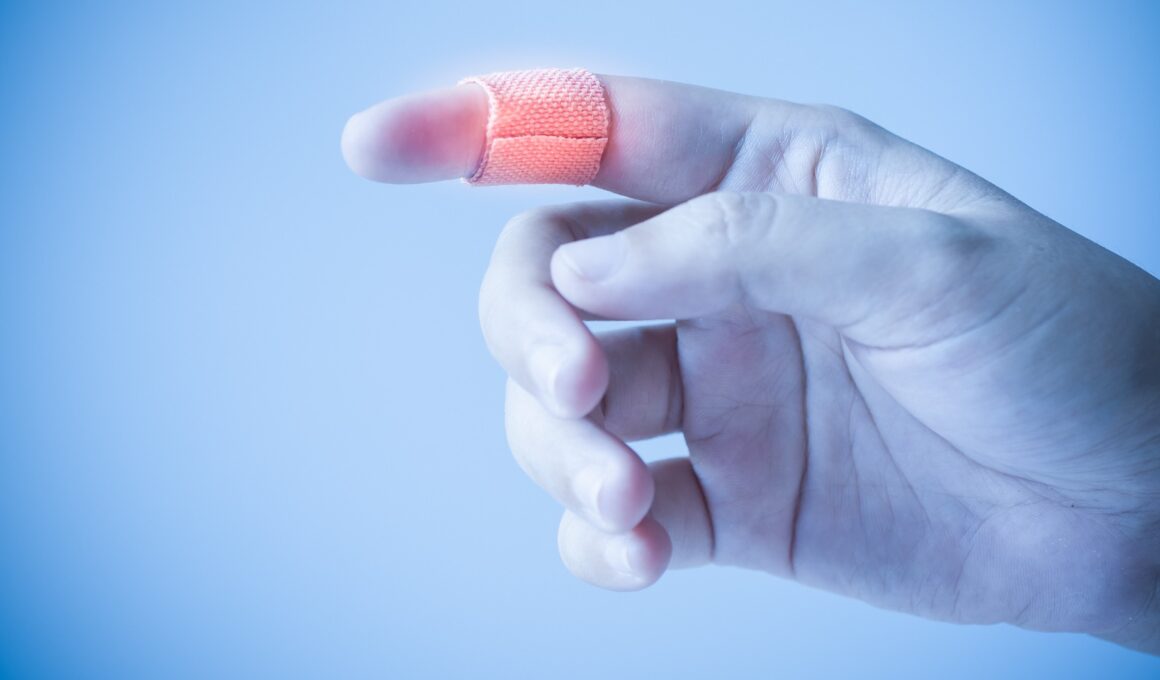It’s a horrible feeling getting a paper cut. You’re normally going through a mundane motion – flicking through pages of a book or opening a letter – when you accidentally catch yourself in the wrong way and feel that slit sensation that tells you you’re now going to have to deal with wincing pain every time you do anything with your hands for the next few days… It a horrible thought and surprisingly painful.
And actually it is a lot of pain. Far too much you would think bearing in mind the tiny size of the cut. In fact many people will exclaim shortly after the incident just how odd it seems that it’s the ‘small cuts that hurt the most’. So what’s going on? Why is it that this tiny paper cut probably hurts more than the last time you banged your head on the cupboard door?
Position
The first thing to remember here is that most paper cuts that we receive end up on the tips of our fingers. This goes a long way to explaining just why they’re so painful – as our fingers are far more sensitive than most other parts of the body. Not only do they have more nerve endings, but we also have more brain space dedicated to the nerves in our fingers. Were you to take a look at a pie chart that represented the proportional amount of our motor cortices dedicated to each body part, the hands and fingers would dominate a huge portion of that chart, along with the lips and genitals. Other parts of our body meanwhile would have relatively little share – particularly the backs of your elbows and knees. Try squeezing those now and you’ll find that actually you don’t feel much pain there at all, if any!
The reason for this is of course evolutionary. We use our fingers in order to pick up items, to manipulate them and to find our way around the world – so of course we need more nerves there to be able to use this kind of dexterity and to get the necessary feedback from the things we touch. As such, a paper gut to the fingertip is necessarily considerably more painful than a much larger graze to the elbow or bang on the head.
Interestingly though, our lifestyles also have a big role to play here. The more you use a certain part of the body, the more the representative area in the brain enlarges due to a process called ‘brain plasticity’. Cellists actually have even more brain space dedicated to feeling in the fingers simply because they are required to use their fingers so much when playing and because that ‘feedback’ is a critical part of what they do. This then also means that paper cut would hurt a lot more for a cellist than it would for most other people. Likewise, it means that if you were to use another part of your body a lot more on a regular basis, that area would also become more sensitive and would also be more likely to hurt when cut with a sheet of paper or otherwise damaged.
Nature
A different aspect to consider is the nature of the cut itself. When you cut yourself with paper you see it is rarely a clean cut. Rather, it’s likely to cause a jagged tear across the skin that irritates more nerves and is more likely to catch and flap around. Which is a big part of what makes the whole thing so gross…
Memory
Finally, the difference in pain may be at least partly down to the way we remember. We have evolved to largely forget painful experiences – in order to ensure that we aren’t frozen with fear and that we are able to carry out potentially risky actions still. We forget the really painful things then – like childbirth or falling over – but we tend to remember paper cuts because they’re surprising. We say out loud how weird it is that something so small should hurt so much, and as such we become destined to remember the fact that it did…




